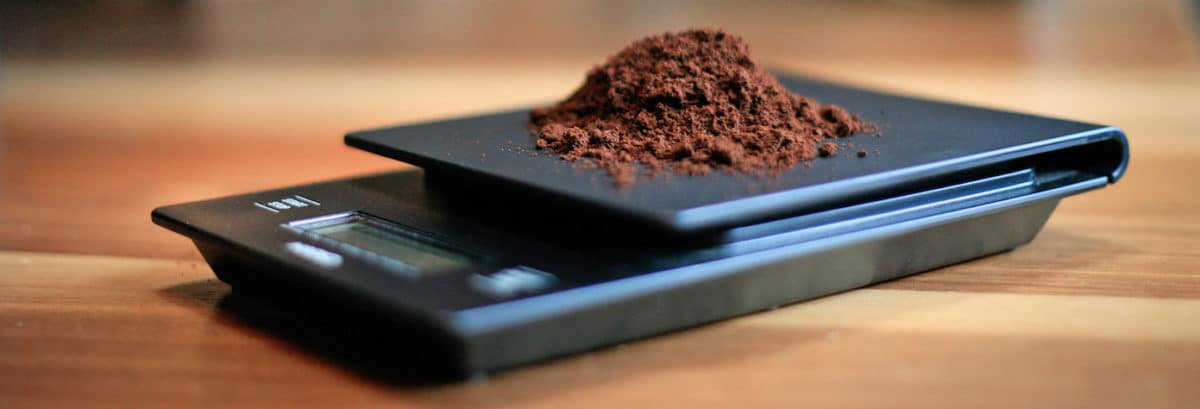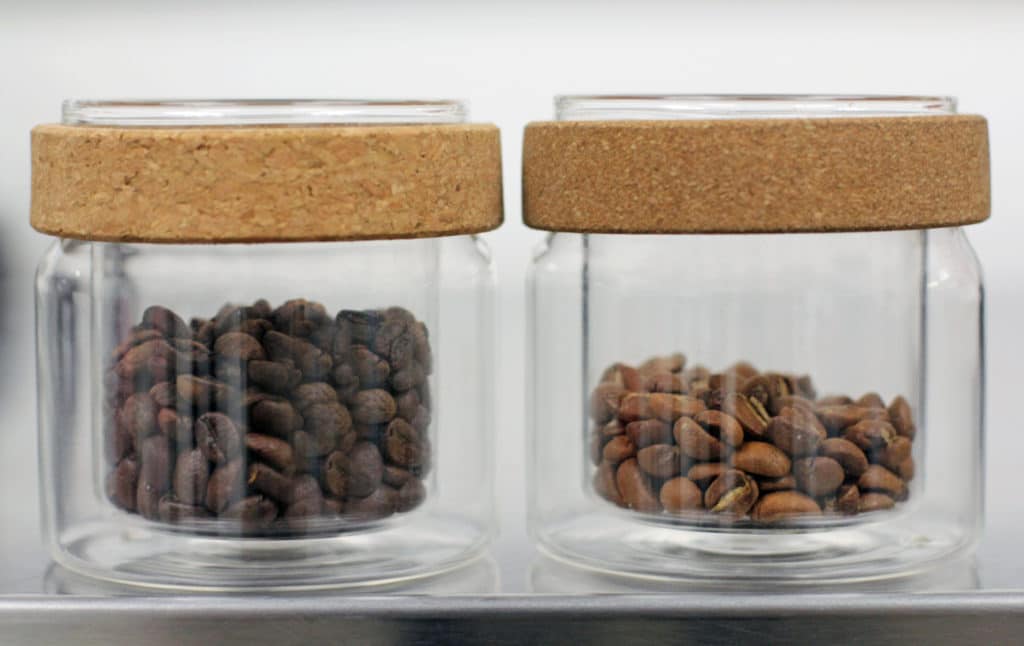
Why Use a Scale to Measure Coffee?
Preparing Coffee by Volume vs Mass
Imagine your perfect morning. If you’re anything like us, and the fact that you’re here reading this post is a pretty good indication you might be, it’s probably going to involve making coffee. When you wake up wanting to start your day this way, you want the result of your brew to match up with that ideal picture you have in your head. A perfect cup of delicious coffee, showing off each aspect of the roast’s flavor profile, every time.
The key to achieving this level of desired taste is attained by removing as many variables as possible from your brewing process. One simple change you can make to noticeably improve the quality of your cup is to start measuring your beans by weight rather than by volume. Though it might seem like a bit of overkill at first, trust us when we say it’s worth taking the extra care. Here’s why:
Precision
If you’re not new to brewing coffee at home you might be familiar with the concept of the “golden ratio” of coffee and water. According to the Nation Coffee Association you should be using “one to two teaspoons of grounds for every six ounces of water.” While this can definitely serve as a good starting point, if you want replicable results you’re going to have to be a little more aware of what’s going into your brew. How can yoube certain you’re measuring a perfectly level teaspoon? Whether you pack the grounds in or leave them heaping can affect the taste of your brew down the line. By relying on a volume-based measurement (such as a teaspoon), you’re opening yourself up to variabilities that don’t exist with weight measurements.
Another benefit of precision is that it makes it easier to play around with ratios and find what you prefer. If you like a stronger cup you can make the ratio favor more coffee grounds, see how you like it, and then adjust accordingly. To try something similar when measuring with teaspoons is leaving it more up to the chance that you happen to be eyeballing the ratio correctly. When weighing coffee for a 10 ounce mug it is recommended to use 280 grams of water with 20 grams of coffee for a strong cup, down to 16 for a more mild one (pro tip: jot down notes as you play around with ratios to see which you prefer with your bean of choice).
Every Bean is Different
Brewing by weight also has the added benefit of accounting for the varying densities of different roasts of coffee. Since darker roasts are achieved through a longer heat exposure, they result in a less dense bean, with more matter having been burnt off in the roasting process. There’s also the basic fact that beans and grounds won’t perfectly fill a teaspoon or coffee scoop. As beans, the rounded edges mean that gaps will remain after filling, and once ground you’re subject to a whole new set of challenges. A coarser grind will lead to more gaps between the grounds, meaning the same volume of a finely ground varietal could be of significantly greater weight. A lighter roast, or a finer grind of coffee can mean your measurement ends up off by as much as 25% when measuring by volume.

Taste
Ultimately, measuring coffee by weight is all about ensuring that every sip you drink tastes exactly as you want it to–this technique will simply make your coffee taste better. Brewing your coffee according to weight will lead to consistency in extraction and flavor profile, every time. When adhering more closely to recommended ratios, you’ll find that the coffee’s flavor profile may begin to more closely resemble what you’ve come to expect from your favorite barista and that you are noticing more of the tasting notes described on the roast. This increased level of precision in measurement will also allow you tweak the ratios in order to suit your palate over time.
Best of all? All it takes to up your coffee game is an inexpensive kitchen scale, and a little bit of time. Quality kitchen scales can be found online for less than $20 and are useful for measuring all manner of dry ingredients when cooking or baking, too. Taking the extra step and care can be a great addition to your morning ritual, and one your taste buds will thank you for.
